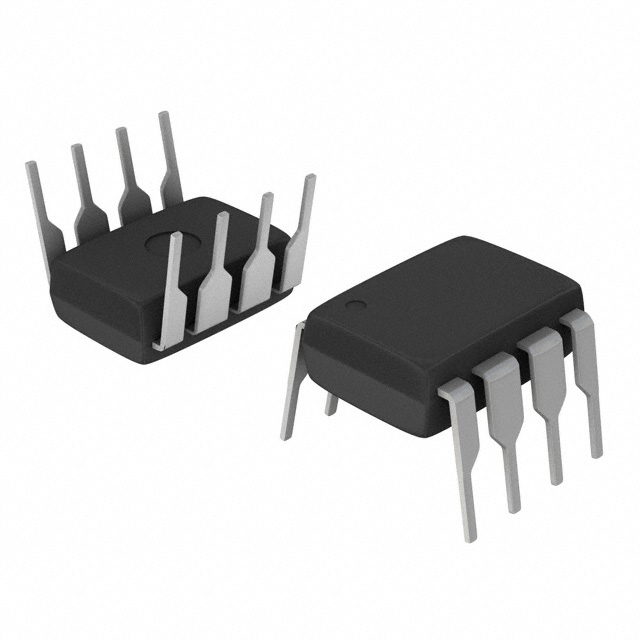LT1111: Features: · Operates at Supply Voltages from 2V to 30V· 72kHz Oscillator· Works with Surface Mount Inductors· Only Three External Components Required· Step-Up or Step-Down Mode· Low-Battery Detector...
floor Price/Ceiling Price
- Part Number:
- LT1111
- Supply Ability:
- 5000
Price Break
- Qty
- 1~5000
- Unit Price
- Negotiable
- Processing time
- 15 Days
SeekIC Buyer Protection PLUS - newly updated for 2013!
- Escrow Protection.
- Guaranteed refunds.
- Secure payments.
- Learn more >>
Month Sales
268 Transactions
Payment Methods
All payment methods are secure and covered by SeekIC Buyer Protection PLUS.

 LT1111 Data Sheet
LT1111 Data Sheet








